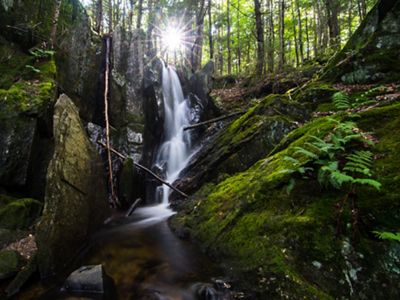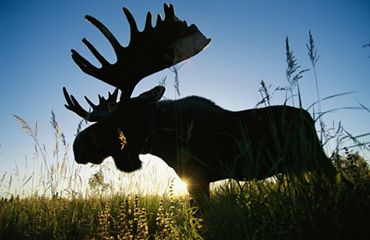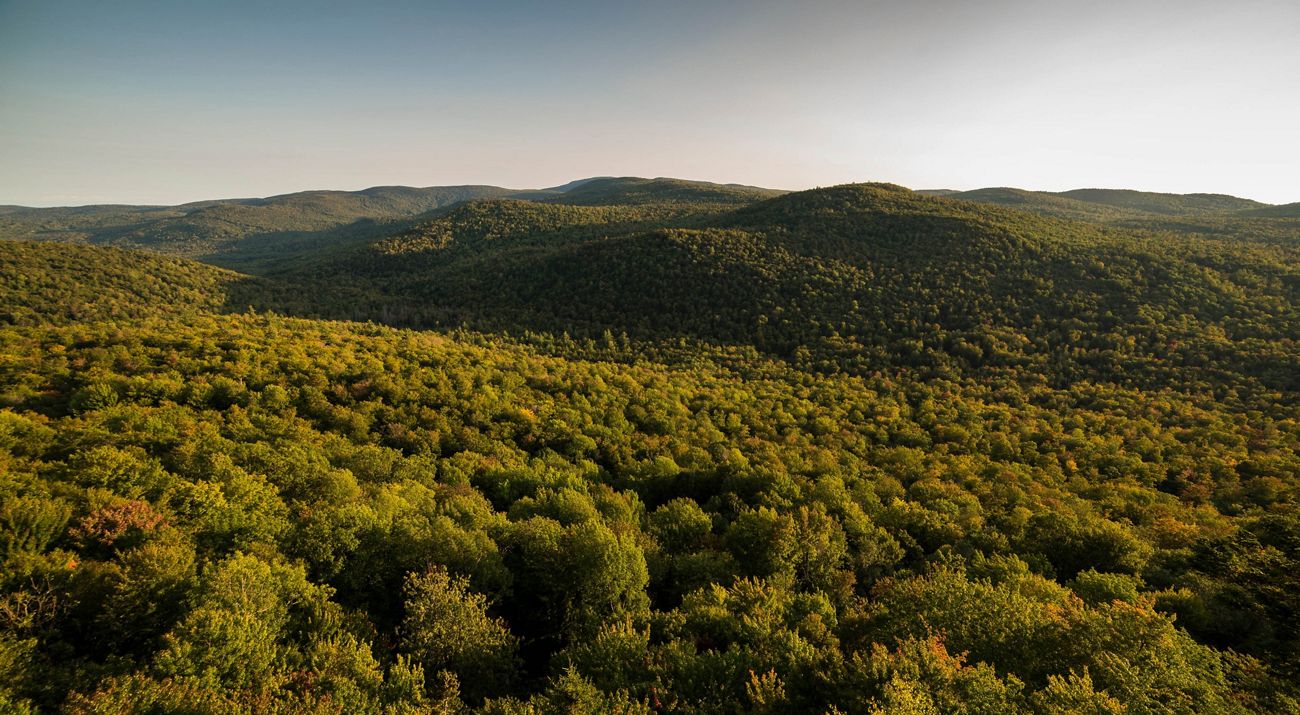
With its waterfalls, gorges, mountains and wildlife, Kimball Hill has been called many things—pristine, rugged, resilient—and a super highway?
Looking north from the top of Mount Cardigan, the view stretches away to the horizon, a rich tapestry of majestic mountains, unspoiled forests and free-flowing streams. At the heart of this expansive landscape lies the 2,700-acre Kimball Hill Forest, a stunning property that includes nearly 10 miles of river and stream frontage—6.3 miles on the Cockermouth River and its tributaries, and 3.4 miles along the South Branch of the Baker River. Located in Groton, Kimball Hill Forest represents the essence of our conservation vision: a resilient and connected corridor of protected land stretching from Florida to Canada—a path to a sustainable future.
And now, thanks to a bold move by The Nature Conservancy, the property will be protected forever.
Quote: David Patrick

Through conserving that single, large-acreage path, we really start to maintain this conservation, sort of, super highway that runs through New Hampshire into Maine, and up into Canada.
“Through conserving that single, large-acreage path, we really start to maintain this conservation, sort of, super highway that runs through New Hampshire into Maine, and up into Canada,” said David Patrick, director of conservation in New Hampshire.
Historically, conservationists preserved land based on where plants and animals were living at that time. That approach changed as unprecedented shifts in climate pushed many species north, or to cooler, higher elevations. To do so, they need habitat that is connected—not fragmented by roads or development.
The Conservancy analyzed eastern North America, determining the minimum of “resilient” land needed to allow plants and animals to stay put, at least in the short term, and move as changes continue.
Kimball Hill stood out.
“It meets the needs of a lot of different organisms and communities right now, and as conditions change over time, it’s more than likely that there will be somewhere nearby that will meet those needs,” David says. Kimball Hill is also part of the watershed for Newfound Lake, a clean and beautiful treasure cherished by residents and visitors.
Thanks to your support, we conserved this gem in the Cardigan Highlands so that:
- More than 2,700 acres of climate-resilient and connected lands will never be developed.
- A spectacular ridgeline will remain forever unspoiled.
- Healthy, well-managed forest land will continue to filter our air and water.
- Nearly 10 miles of rivers and streams will be safeguarded, ensuring a future clean water supply flowing into Newfound Lake.
- Black bear, moose, fisher, and other wildlife will roam freely here across the property’s extensive and high-quality habitat.
- Eastern brook trout will flourish in the property’s coldwater streams.
With support from local residents, the Newfound Lake Region Association and members like you, we purchased the property for around $1.8 million, retaining a conservation easement before selling the land to New Hampshire Fish and Game to establish a new state Wildlife Management Area.
Together with Fish and Game, we are managing the property to benefit wildlife, while continuing to provide access for recreation such as hiking, hunting, fishing, snowshoeing and snowmobiling, all while maintaining connectivity of this climate super highway.
